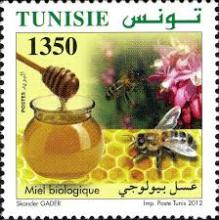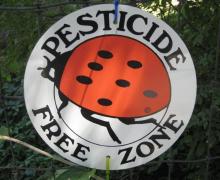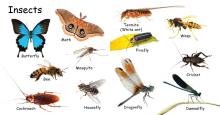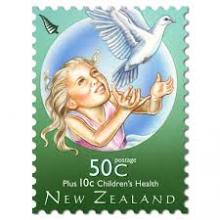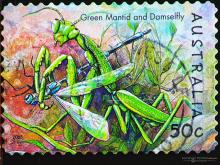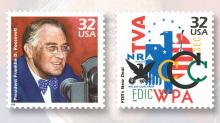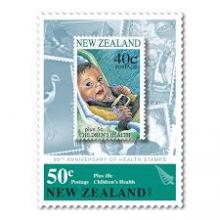A world without pesticides?
- Lees meer over A world without pesticides?
- Login om te reageren
It's been well known for quite some time that the human population has been booming like never before. Thanks to advances in technology, medicine and science, people are living longer lives and creating bigger families to follow in their footsteps.
While it's always a benefit for people to have an improved length and quality of life, it also puts a strain on natural resources. Specifically, as more people are born, more food has to be produced. This need for food has created an opening for pesticides, which have been used to minimize pests and help crops flourish.

